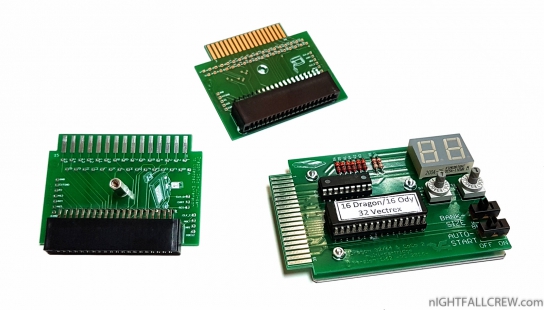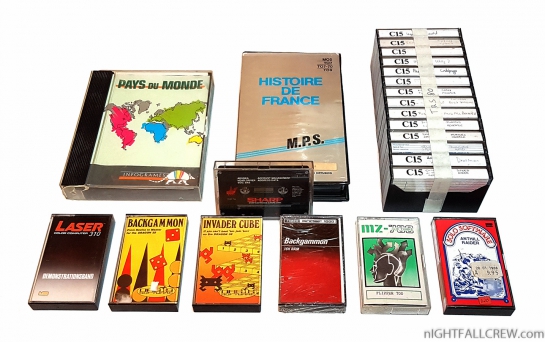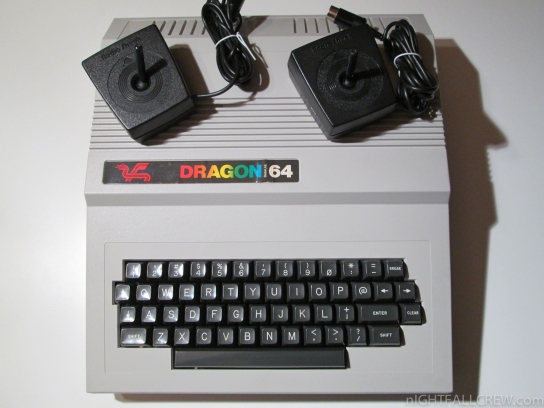Dragon32/Coco2 Multi-Cartridge with Extensions (Odyssey 2/Vectrex)

The Multi-cart by Rolo was designed to to hold a variety of Dragon 32-64/CoCo 2 rom cartridge based programs, which are running directly from the eprom at address range $c000 to $ff00.
The cart holds up to 64 8k-roms. It can play roms with a size of 1k to 16k. You simply select a memory slot from 00 to 63, press RESET on your Dragon, and the program launches.
This enables you, to use your Dragon simply without further hardware setup: no cables, no drives, no extra PSUs, no controller-carts.
The Dragon/CoCo 2 Multi-cartridge now can also be used for other systems.
Currently there are three Extension Cartridges (adapters) available:
- VECTREX.
- Odyssey 2/PHILIPS G7000/G7200/G7400.
- INTERTON ELECTRONIC VC 4000.
A compilation of rom-files for all four systems can be burned on a single eprom (27C4001), adding versatility to the device.
Gallery:






























Recent Comments